Lentinus levis
Scientific name: Lentinus levis (Berk. & M.A. Curtis)
Murrill
Derivation of name: Lentus means "pliable" and
"tenacious" as in chewy. Levis means polished or smooth.
Synonyms: Pleurotus levis (Berk. & M.A. Curtis)
Singer; Panus strigosus Berk. & M.A. Curtis; Panus
levis Berk. & M.A.
Curtis
Common name(s): Giant Panus.
Phylum: Basidiomycota
Order: Polyporales
Family: Polyporaceae
Occurrence on wood substrate: Parasitic or saprobic;
solitary to several, often growing from wounds on living
trees (often high up in the tree) as well
as on dead wood;
summer through fall.
Dimensions: Caps 10-40 cm or more wide; stipes
2-15 cm
long and 2-4 cm thick.
Cap: Dry; white to cream when young, yellowish with
age; short erect or
matted coarse hairs present on cap
when young,
becoming smooth in age.
Gills: Decurrent; white, becoming yellowish with age;
edges
entire.
Spore print: White.
Stipe: Central to mostly eccentric or lateral; densely
coated with coarse white hairs, especially toward base.
Veil: Absent.
Edibility: Reported to be edible but tough.
Comments: This species resembles Pleurotus dryinus
but
is smaller and lacks a veil.
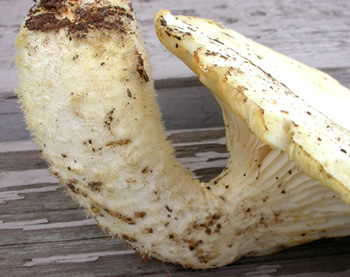
Figure 1. Collected during an Eastern Penn
Mushroomers foray in 2004, this was my first
experience
with Lentinus
levis.
Photo © Gary Emberger.
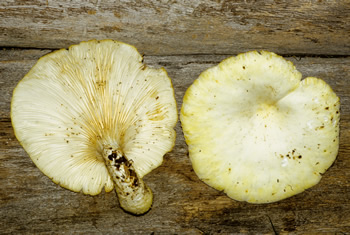
Figure 2. Lentinus levis ages yellowish.
Photo © John Plischke III.
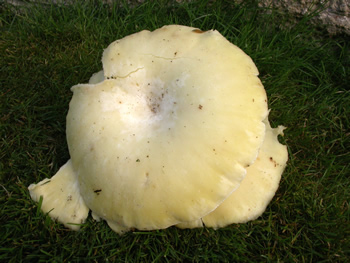
Figure 3. The next time Lentinus levis came to my
attention was in 2011 at the NAMA
foray at Clarion
University, PA. The cap of this specimen measured 20
by 21 cm. It was placed on the grass in order to take
the picture. Photo © Gary Emberger.
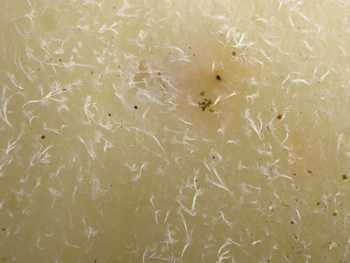
Figure 4. Close-up of cap surface in Figure 3 showing
coarse erect or matted hairs.
Photo © Gary Emberger.
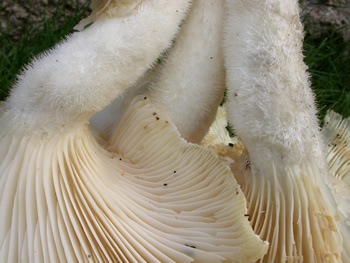
Figure 5. Specimens in Figure 3 flipped over to show
decurrent gills and hairy
stipes.
Photo © Gary Emberger.
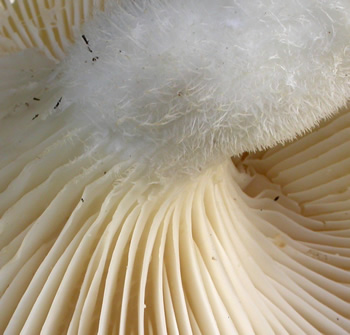
Figure 6. The stipes are densely hairy. Note the smooth
gill edges. Photo © Gary Emberger.